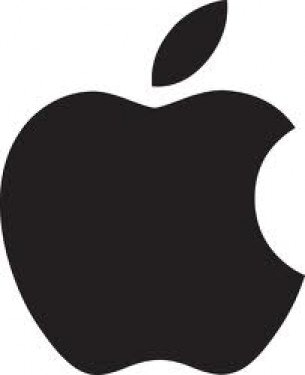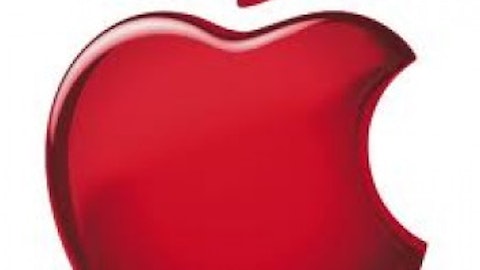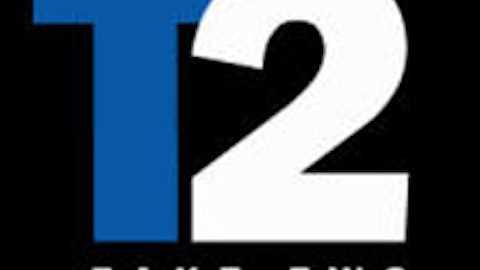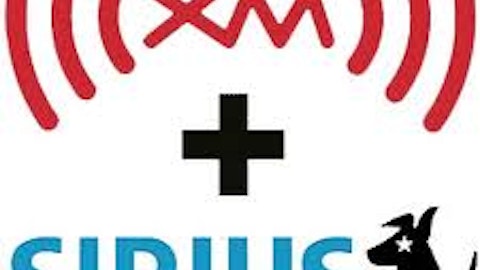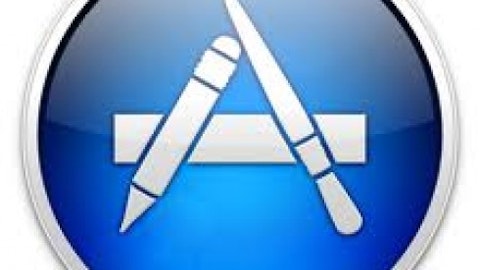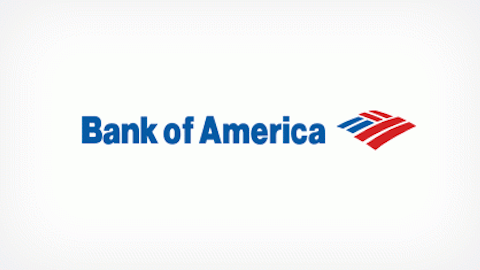![]() Traders did not seem to be impressed by the newest products introduced by Apple Inc. (NASDAQ:AAPL). A less expensive, more colorful iPhone and thumbprint security measures might not drive a significant sales increase for Apple Inc. (NASDAQ:AAPL), a company that reported revenue of more than $169 billion in the past 12 months, but it is likely to boost revenue for its suppliers.
Traders did not seem to be impressed by the newest products introduced by Apple Inc. (NASDAQ:AAPL). A less expensive, more colorful iPhone and thumbprint security measures might not drive a significant sales increase for Apple Inc. (NASDAQ:AAPL), a company that reported revenue of more than $169 billion in the past 12 months, but it is likely to boost revenue for its suppliers.
 Apple Inc. (NASDAQ:AAPL) has been in a downtrend since peaking in September 2012. Investors are rightfully concerned that Apple might have trouble continuing to grow at its historically high rates given the size of the company. Over the past five years, annual increases in sales have averaged 44.8%. If Apple Inc. (NASDAQ:AAPL) maintained that pace, sales would top $1 trillion in five years.
Apple Inc. (NASDAQ:AAPL) has been in a downtrend since peaking in September 2012. Investors are rightfully concerned that Apple might have trouble continuing to grow at its historically high rates given the size of the company. Over the past five years, annual increases in sales have averaged 44.8%. If Apple Inc. (NASDAQ:AAPL) maintained that pace, sales would top $1 trillion in five years.
Growth in earnings per share (EPS) has averaged 73% a year over the past five years. If that growth rate continued, in five years, EPS would be more than $600 a share. That would make AAPL worth about $6,000 a share at 10 times earnings.
These targets seem unreasonable, and we expect AAPL to remain volatile as investors wait to see what the actual long-term growth rates will look like.
While a new product might not make or break AAPL, the new iPhones could be good news for Apple Inc. (NASDAQ:AAPL)’s suppliers. These smaller companies can benefit from deliveries to Apple even if sales do not reach Apple’s expectations.
While Apple’s suppliers are smaller than the tech behemoth, they are still large companies. Apple Inc. (NASDAQ:AAPL) needs partners with financial strength, and these will rarely be the smallest companies in the market.
Among its suppliers is Flextronics International Ltd. (NASDAQ:FLEX), which offers a variety of engineering services and provides supply chain management. Other FLEX customers include Hewlett-Packard Company (NYSE:HPQ), LG and Google’s Motorola Mobility.
In the past, Flextronics International Ltd. (NASDAQ:FLEX) has not delivered steady growth in earnings, but the company has been profitable in each of the past four years. Analysts expect earnings to grow at an average of 12% a year over the next five years, and based on that, Flextronics International Ltd. (NASDAQ:FLEX) is undervalued.
Flextronics International Ltd. (NASDAQ:FLEX) is expected to report EPS of $0.86 a share in its current fiscal year, which will end in March 2014. We use a simple model to find price targets based on the PEG ratio. This model indicates a stock is fairly valued when the price-to-earnings (P/E) ratio equals the EPS growth rate. At a P/E ratio of 12, Flextronics International Ltd. (NASDAQ:FLEX) would be worth $10.32 a share based on expected earnings for this year, about 10% above the recent price. Based on earnings for next year, Flextronics International Ltd. (NASDAQ:FLEX) could be worth $12.84 a share, a potential gain of more than 36%.
The stock is a market leader with a relative strength rank (RS) of 100, indicating it has been among the top performers in the stock market in the past six months.

Recommended Trade Setup:
— Buy FLEX at $10 or less
— Set stop-loss at $8.70, a support level on the daily price chart
— Set initial price target at $12.50 for a potential 25% gain in 6-12 months
Another Apple supplier to consider is Jabil Circuit, Inc. (NYSE:JBL), a company that offers a number of manufacturing services to customers in the technology sector.
Our PEG ratio model shows this stock is slightly undervalued based on expected earnings for this year and about 25% undervalued based on next year’s expected earnings. With average EPS growth expected to be about 11% a year, Jabil Circuit, Inc. (NYSE:JBL) would be worth $24.75 based on this year’s expected earnings of $2.25, and $29.48 based on next year’s $2.68.
The stock is also a market leader with an RS rank of 100.

A low-priced call option could be the best way to trade JBL. A call option gives buyers the right, but not the obligation, to buy 100 shares of stock at a predefined price (the strike price) at any time before the option expires. Buyers can also sell their option at any time prior to expiration to lock in a profit or limit a loss.
A call option on JBL expiring in March 2014 with a strike price of $26 is trading at about $1.10 a share. If the stock reaches $28, this option would be worth at least $2, offering a potential return of 82% in six months. The maximum loss when you buy a call is the price paid for the option, but a stop-loss can be used to limit losses.
Recommended Trade Setup:
— Buy JBL March 2014 26 Calls at $1.25 or less
— Set stop-loss at $0.60
— Set initial price target at $2 for a potential 60% gain in six months
The article These Trades Could Deliver Up to 82% Even If the New iPhone Flops appeared on ProfitableTrading.com and is written by Michael J. Carr and Amber Hestla.
$1,000 Per Month Trading System
You could collect $1,000 or more per month without buying a single stock. Click here to learn how…
